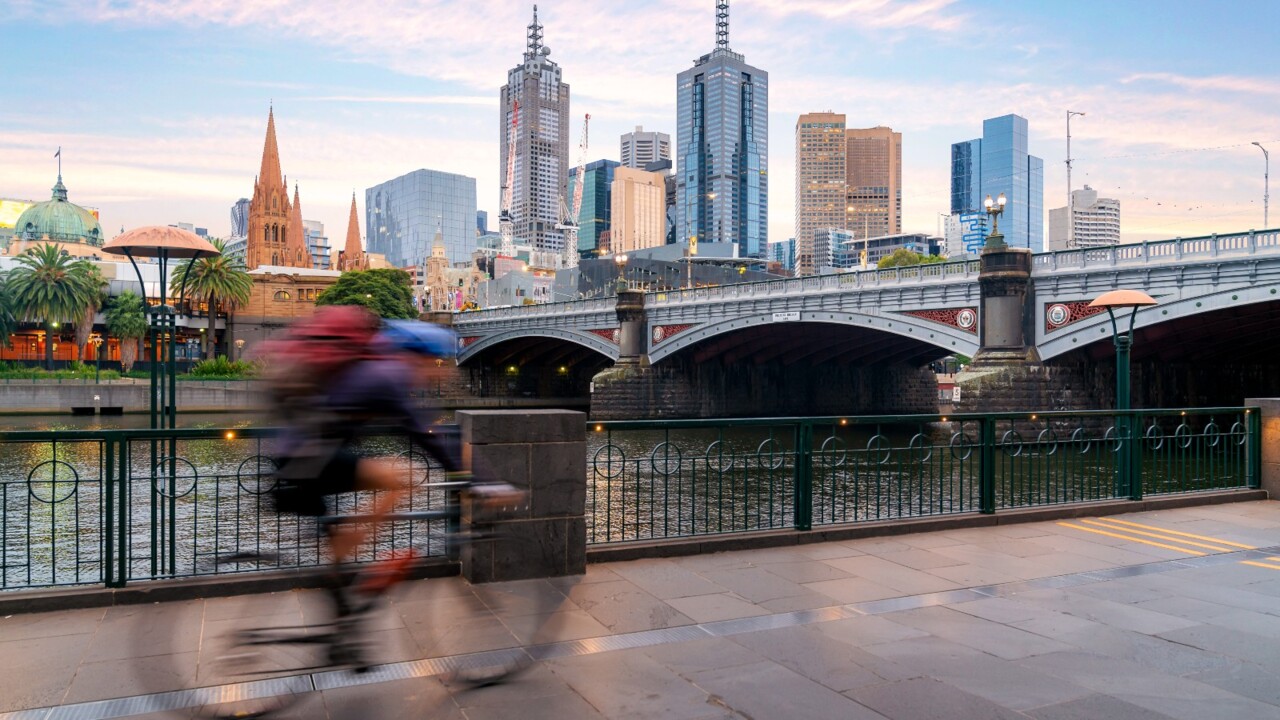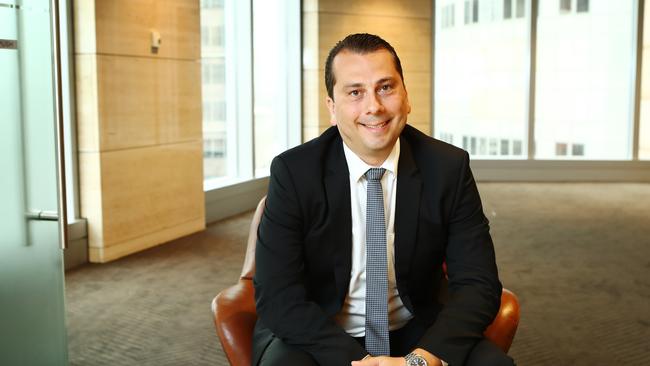
With inflation data surprising on the upside this year, the minutes devoted much more discussion to the case for a hike than a hold.
Board members said recent economic data “reinforced the need to be vigilant to upside risks to inflation”.

After another inflation blowout in the May CPI indicator this month, a number of economists expect the RBA to raise the cash rate at its next meeting in August. Most think it will keep rates on hold before cutting rates in the March quarter of 2025, assuming the economy weakens and inflation continues to cool.
So what would it take for the RBA to pull the trigger on an interest rate rise at the August meeting?
At the top of the list is the June quarter inflation data to be released on July 31.
UBS Australia chief economist George Tharenou has trimmed his expectation of mean inflation accelerating to 4.0 per cent year on year, versus the RBA’s forecast of 3.8 per cent.
That would make it 13 consecutive quarters of year-on-year inflation above the RBA’s 2 to 3 per cent target band – the longest overshoot in the inflation-targeting era that started in the early 1990s.
Inflation expectations haven’t measurably taking off right now but the idea is to be pre-emptive.
The RBA’s next round of economic forecasts in August is expected to cut the end-2024 inflation forecast to 3.8 per cent as it incorporates government subsidies announced since its May forecasts, which will technically lower headline CPI by about 0.75 percentage points.

But Mr Tharenou thinks the more important driver of a decision to raise rates in August will be the prospect of a further delay of inflation returning to target.
The RBA board has indicated that it now has limited tolerance for an even slower return to the target band.
“Returning inflation to target remains the board’s highest priority and it will do what is necessary to achieve that outcome,” the minutes said.
RBA staff currently project that inflation will reach 2.8 per cent on year by the end of 2025 – within the target band – and to 2.6 per cent in mid 2026, which is near the target band midpoint.
Perversely, the base effects of large subsidies actually make it more likely the RBA will revise up these out-year forecasts, as they won’t assume the subsidies are rolled again in 2025-26.
The RBA’s current inflation forecasts already assumed the cash rate would follow market pricing at the time, which implied rates would rise to 4.4 per cent by the end of 2024, before falling slowly from mid 2025 to a still relatively high 3.8 per cent by the June quarter of 2025.
In May, RBA governor Michele Bullock hawkishly said “the board has been clear that it has a low tolerance for allowing inflation to return to target more slowly than currently expected”, and that “accepting this would risk eroding public credibility in our commitment to low and stable inflation”.
According to Mr Tharenou, the latest RBA minutes show it “setting up for a rate hike” even before the latest inflation blowout in the monthly CPI indicator reported last week.
“Raising the cash rate at this meeting could be appropriate if members formed the view that policy settings were not sufficiently restrictive to return inflation to target within a reasonable time frame,” the minutes said.
“This could be the case if it was judged that inflation was returning to target more slowly than previously assumed … Members noted that the August forecast round would provide an opportunity for the staff to carefully review the extent of spare capacity”.
The minutes highlight the RBA board has a low tolerance for a delay in their forecast of inflation returning to target, Mr Tharenou said.

“This supports our view that if June quarter CPI is above the RBA forecast, and it raises its inflation outlook for 2025 and 2026, it will hike the cash rate in August,” he said.
RBC chief economist Su-Lin Ong said the discussion in the minutes over whether policy was “sufficiently restrictive” was an important development showing that this would be at the heart of debate at the August meeting.
RBA assistant governor Chris Kent last week said a neutral cash was about 3.5 per cent, implying that current settings were only mildly restrictive.
“With the starting point for inflation higher, the RBA is likely to revise up its inflation forecasts, the labour market is tight, and as fiscal stimulus largely via income tax cuts begin on 1 July, the current stance of policy is likely not restrictive enough,” Ms Ong said.
Citi said the stronger May CPI data “elevated the triggers for a rate hike identified by the board” at their June meeting, reinforcing its call for an August rate hike”.
“It would now be difficult for the RBA board to maintain the current cash rate after having these trigger conditions at least partially met by higher inflation data,” said Citi Australia chief economist Josh Williamson.
“Not raising rates risks policy credibility and would signal a dilution in importance of inflation, which would be unheralded,” Mr Williamson said
“On balance, we expect the patient RBA board will need to respond to the prospect of higher inflation for longer.
“This comes from the threat of an elevation in inflation expectations as households respond to stickier prices.”
Together with economists at UBS, Deutsche Bank, Morgan Stanley, Rabobank and Judo Bank, Citi also expects the RBA to increase the cash rate 25 basis points to 4.6 per cent in August.
“This is the expected terminal cash rate this year, though risks are tilted towards another hike if inflation doesn’t behave according to the bank,” Mr Williamson said.
ANZ saw “no smoking gun” in the RBA minutes to suggest the RBA planned to raise rates in August.
However, it foresaw some risk that the next move would be a rise if the June quarter inflation data exceeded the RBA’s forecasts and the RBA’s economic growth expectations were revised up.




Predictably hawkish minutes from the Reserve Bank’s June board meeting show it is still very reluctant to increase interest rates, yet some economists say it is “setting up” for a rate hike.